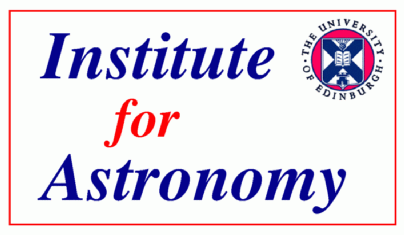

Related Links:IGM simulations |
21 cm detection of the Intergalactic MediumRadio astronomers are opening up an exciting new era in the study of baryonic structures in the Universe. Previously the exclusive purvue of microwave and optical/infrared studies, the post-recombination era of the Universe prior to the reionisation epoch will be opened up for observation for the first time by the Low Frequency Array (LOFAR) and a possible Square Kilometre Array (SKA) . The neutral hydrogen in rare dense regions will produce absorption features in the 21cm spin-flip transition against the Cosmic Microwave Background (Scott & Rees 1990, MNRAS, 247, 510), while the first radiation sources will illuminate the remaining moderate and low density regions through the scattering of Ly&alpha photons emitted by the sources decoupling the hydrogen spin temperature from the CMB temperature and revealing the IGM through the 21cm line in absorption or emission (Madau, Meiksin & Rees 1997, ApJ, 475, 429). It would then be possible for the first time to probe the fluctuations of the baryons in the unexplored redshift desert 6 < z < 1000. 21cm tomographyThe first radiation sources would expose the neutral regions surrounding them, permitting details of the baryon structure to be probed by a telescope like SKA prior to and during the reionisation epoch. Such measurements would provide a unique probe into the growth of density pertubations after the recombination era, possibly shedding light on the physics of vacuum energy and its evolution. The properties of the region of impact surrounding a source would provide invaluable information regarding the nature of the radiation sources, whether stars clusters, galaxies or Active Galactic Nuclei or QSOs. |